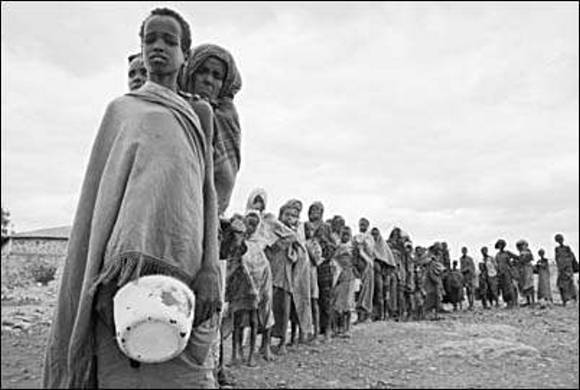Thanksgiving is the holiday that reminds all of as eaters to be
grateful, especially for the season’s bounty provided by farmers, farm
laborers, chefs, and food service workers. But, unfortunately, we also
waste an astonishing amount of food.
Each year, consumers purchase over 700 million pounds of turkey,
according to the National Turkey Federation. The U.S. Department of
Agriculture (USDA) projects that 35 percent of the meat purchased does
not get eaten–ending up in landfills, along with sweet potatoes, green
beans, pumpkin pie, and other holiday fare.
Around the globe, roughly one-third of the food produced for human
consumption gets lost or wasted. This amounts to about 1.3 billion tons
per year–which is enough to feed the nearly 1 billion people who are
hungry today. A report by the Barilla Center for Food & Nutrition
found that 110 kg of edible food is wasted in households in the United
States, 108 kg in Italy, 99 kg in France, 82 kg in Germany, and 72 kg in
Sweden.
While food waste presents some serious moral challenges, it’s also an
environmental issue. The U.N. Environment Programme reports that the
food wasted annually is responsible for adding 3.3 billion tons of
greenhouse gasses to the planet’s atmosphere.
 |
| food |
Thankfully, organizations like the
World Resources Institute (WRI), the
Natural Resources Defense Council (NRDC),
Feedback, and the coalition of funders and organizations called
ReFED are
fighting to put an end to food waste by measuring food loss and setting
goals to prevent it. WRI, for example, launched the first-ever
Accounting and Reporting Standard for
food loss and waste this year, and they are champions of the
Sustainable Development Goal that aims to cut per capita global food
waste in half. And ReFED produced
this video highlighting food waste in the U.S.









